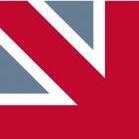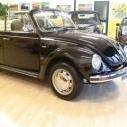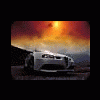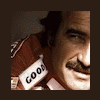Ford Fiesta / Ford Focus EcoBoost Hybrid 2019
-
Contenuti simili
-
- 565 risposte
- 99968 visite
-
Renault E-TECH Hybrid: ibrido a 4 (15!) marce e senza frizioni 1 2 3 4 7
Pubblicato da J-Gian,
- automatico 4 marce
- ibrido
- (e 6 altri in più)
- 64 risposte
- 37521 visite
-
Evoluzione, produzione e provenienza dei motori elettrici per auto elettriche ed ibride 1 2 3 4 5
Pubblicato da ILM4rcio,
- 40 risposte
- 3464 visite
-
-
-











.thumb.jpg.46228d717c405acd43b45b79fddce6a4.jpg)
.thumb.jpg.902d2a4f20a129e92b6f6920407b81bd.jpg)














Messaggi Raccomandati:
Crea un account o accedi per lasciare un commento
Devi essere iscritto per commentare e visualizzare le sezioni protette!
Crea un account
Iscriviti nella nostra community. È facile!
Registra un nuovo accountAccedi
Sei già registrato? Accedi qui.
Accedi Ora